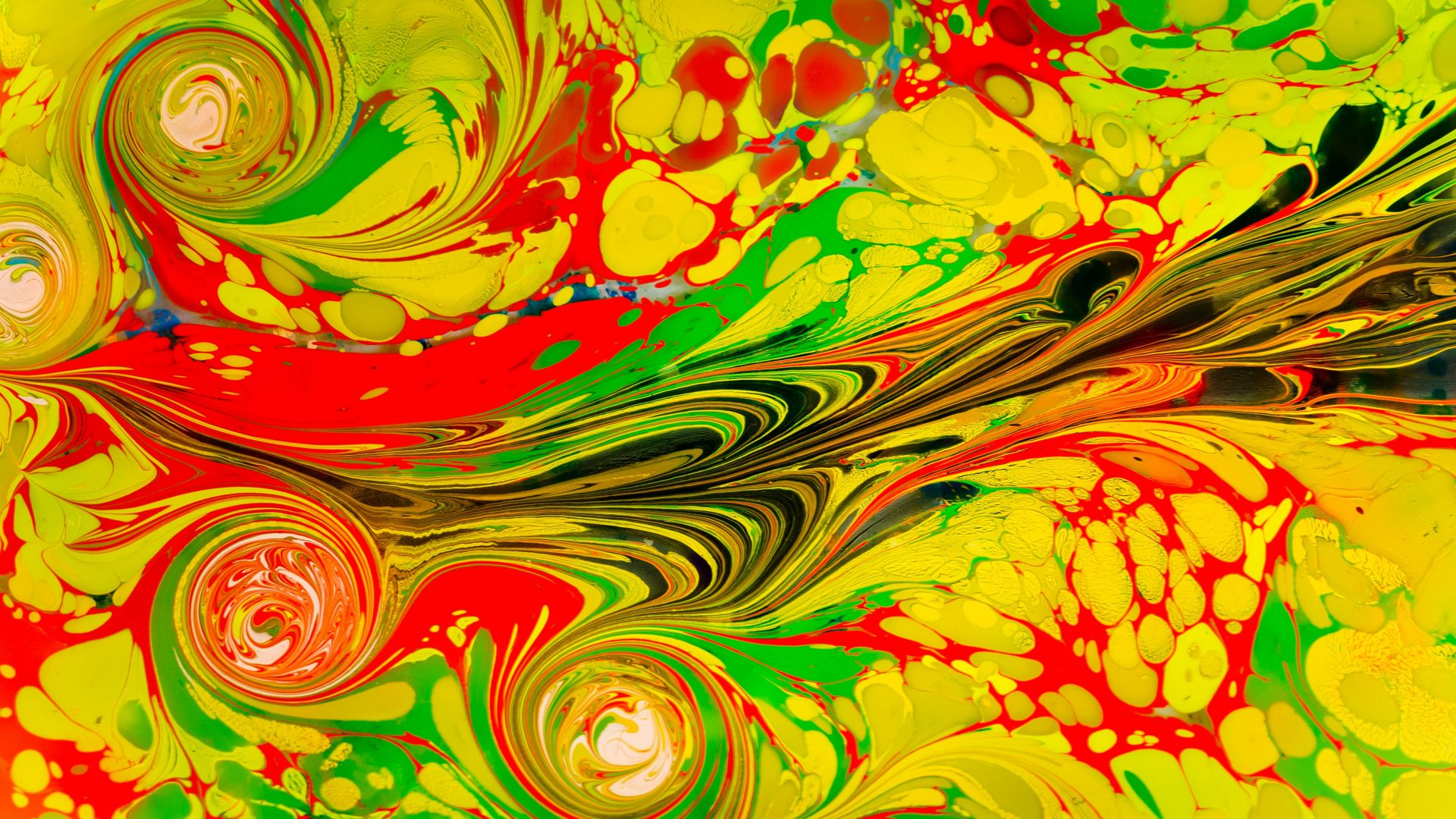Islamic Geometric Patterns: Artistic Traditions and Spiritual Symbolism

Before diving in, please note: This post is for informational purposes only. If you’d like to know more about how we approach topics, feel free to check out our friendly Disclaimer Page.
Hey there, amazing readers! 🖐️ Just a quick note: yes, we know there are a lot of ads here. Trust us, we get it—it’s not the prettiest look, but they help us keep this blog alive and kicking. Those pesky little ads cover the costs of all the behind-the-scenes magic, from hosting and tech stuff to creating content we hope you’ll love.
We’re committed to delivering quality posts, and your support (even just sticking around despite the ads) means everything to us. So, bear with us, and thanks for helping us keep the good vibes rolling. Now, on to the fun stuff! 😉
TRANSLATE BUTTON AT THE END OF THE ARTICLE
Introduction to Islamic Geometric Patterns
Islamic geometric patterns are a remarkable form of art that has captivated people around the world for centuries.
These intricate designs are not only visually stunning but also hold deep spiritual significance in Islamic culture.
From mosques to palaces, these patterns adorn various architectural wonders, reflecting the rich artistic traditions of the Islamic world.
The precision and mathematical complexity of these designs make them stand out among other artistic styles, showcasing a unique blend of creativity and symmetry.
Origins and History of Islamic Geometric Art
The origins of Islamic geometric art can be traced back to the 8th century, during the Golden Age of Islamic civilization.
This period saw a flourishing of art, science, and culture, leading to the development of intricate geometric patterns in various forms of art, including architecture, ceramics, and textiles.
Islamic artists drew inspiration from a wide range of sources, including nature, calligraphy, and religious texts, infusing their designs with deep symbolic meaning.
Mathematical Principles behind Islamic Designs
Islamic geometric patterns are based on a set of mathematical principles that govern their creation.
These principles include the use of geometry, symmetry, and repetition to create complex and harmonious designs.
The most common geometric shapes used in Islamic art are circles, squares, and stars, which are arranged in intricate patterns to form stunning visual compositions.
The use of mathematical ratios and proportions ensures that each design is balanced and aesthetically pleasing.
Techniques for Creating Islamic Geometric Patterns
Creating Islamic geometric patterns requires a high level of skill and precision.
Artists use a variety of techniques, such as compass and ruler constructions, to create intricate designs with perfect symmetry.
These designs are often built up from simple geometric shapes, which are repeated and overlapped to form more complex patterns.
The process of creating these patterns can be time-consuming and labor-intensive, requiring a steady hand and a keen eye for detail.
Symbolism and Meaning in Islamic Geometric Art
Islamic geometric art is not just about aesthetics; it also carries deep symbolic meaning.
Many of the patterns used in Islamic art have symbolic significance related to Islamic beliefs and values.
For example, the eight-pointed star symbolizes balance and harmony, while the interlocking circles represent unity and eternity.
These symbols are often used in religious contexts, such as mosque decorations, to convey spiritual messages and inspire contemplation.
Evolution of Islamic Geometric Patterns
Over the centuries, Islamic geometric patterns have evolved and adapted to reflect changing artistic styles and cultural influences.
While traditional designs remain popular, contemporary artists are also experimenting with new interpretations of Islamic geometric art.
Modern technology has enabled artists to create intricate patterns with greater precision and complexity, pushing the boundaries of what is possible in geometric design.
Influence of Islamic Geometric Art on Architecture
Islamic geometric art has had a profound influence on architecture, particularly in Islamic societies.
Many of the world’s most famous mosques and palaces feature stunning geometric patterns that adorn their walls, ceilings, and floors.
These designs not only enhance the beauty of these structures but also serve practical purposes, such as acoustics and ventilation.
The use of geometric patterns in architecture reflects the Islamic belief in the unity of art and science.
Contemporary Applications of Islamic Geometric Patterns
In recent years, Islamic geometric patterns have found new applications in contemporary art and design.
From fashion to interior decoration, these intricate designs have inspired a wide range of creative industries.
Artists and designers are incorporating Islamic geometric patterns into their work, creating modern interpretations that blend traditional techniques with innovative approaches.
This fusion of old and new is keeping the tradition of Islamic geometric art alive and relevant in the 21st century.
Regional Variations in Islamic Geometric Art
Islamic geometric art exhibits a wide range of regional variations, each with its unique style and symbolism.
Different Islamic cultures have developed their distinct patterns and motifs, reflecting their diverse artistic traditions.
For example, the geometric patterns found in Persian art are known for their delicate floral motifs and intricate arabesques, while the geometric designs of North Africa are characterized by bold colors and geometric shapes.
These regional variations add richness and diversity to the world of Islamic geometric art.
Spiritual Significance of Islamic Geometric Symbols
The symbols used in Islamic geometric art hold profound spiritual significance for Muslims.
These symbols are often derived from Quranic verses or Islamic teachings, imbuing them with deep religious meaning.
For example, the eight-pointed star symbolizes the eight gates of Jannah (Paradise) in Islamic belief, while the octagon represents the cycle of life and death.
By incorporating these symbols into their art, Muslims seek to express their faith and connect with the divine.
Preservation and Conservation of Islamic Geometric Art
The preservation and conservation of Islamic geometric art are essential to safeguarding this rich cultural heritage for future generations.
Many organizations and institutions are working to document, restore, and protect historical examples of Islamic geometric art.
Efforts are also being made to promote awareness and appreciation of this art form through exhibitions, workshops, and educational programs.
By preserving and conserving Islamic geometric art, we can ensure that this timeless tradition continues to inspire and captivate audiences around the world.
Exploring the Beauty of Islamic Geometric Patterns
Islamic geometric patterns offer a glimpse into the rich artistic traditions and spiritual symbolism of the Islamic world.
From the intricate designs of mosque domes to the colorful tiles of palaces, these patterns reflect the creativity and craftsmanship of Islamic artists throughout history.
By exploring the beauty of Islamic geometric patterns, we can gain a deeper understanding of Islamic culture and appreciate the timeless elegance of this art form.
Whether through intricate calligraphy or mesmerizing tile work, Islamic geometric art continues to inspire and captivate audiences around the world.

The Enlightenment Journey is a remarkable collection of writings authored by a distinguished group of experts in the fields of spirituality, new age, and esoteric knowledge.
This anthology features a diverse assembly of well-experienced authors who bring their profound insights and credible perspectives to the forefront.
Each contributor possesses a wealth of knowledge and wisdom, making them authorities in their respective domains.
Together, they offer readers a transformative journey into the realms of spiritual growth, self-discovery, and esoteric enlightenment.
The Enlightenment Journey is a testament to the collective expertise of these luminaries, providing readers with a rich tapestry of ideas and information to illuminate their spiritual path.
Our Diverse Expertise 🌟
While our primary focus is on spirituality and esotericism, we are equally passionate about exploring a wide range of other topics and niches 🌍📚. Our experienced team is dedicated to delivering high-quality, informative content across various subjects ✨.
To ensure we provide the most accurate and valuable insights, we collaborate with trusted experts in their respective domains 🧑🏫👩🏫. This allows us to offer well-rounded perspectives and knowledge to our readers.
Our blog originally focused on spirituality and metaphysics, but we’ve since expanded to cover a wide range of niches. Don’t worry—we continue to publish a lot of articles on spirituality! Frequently visit our blog to explore our diverse content and stay tuned for more insightful reads.





